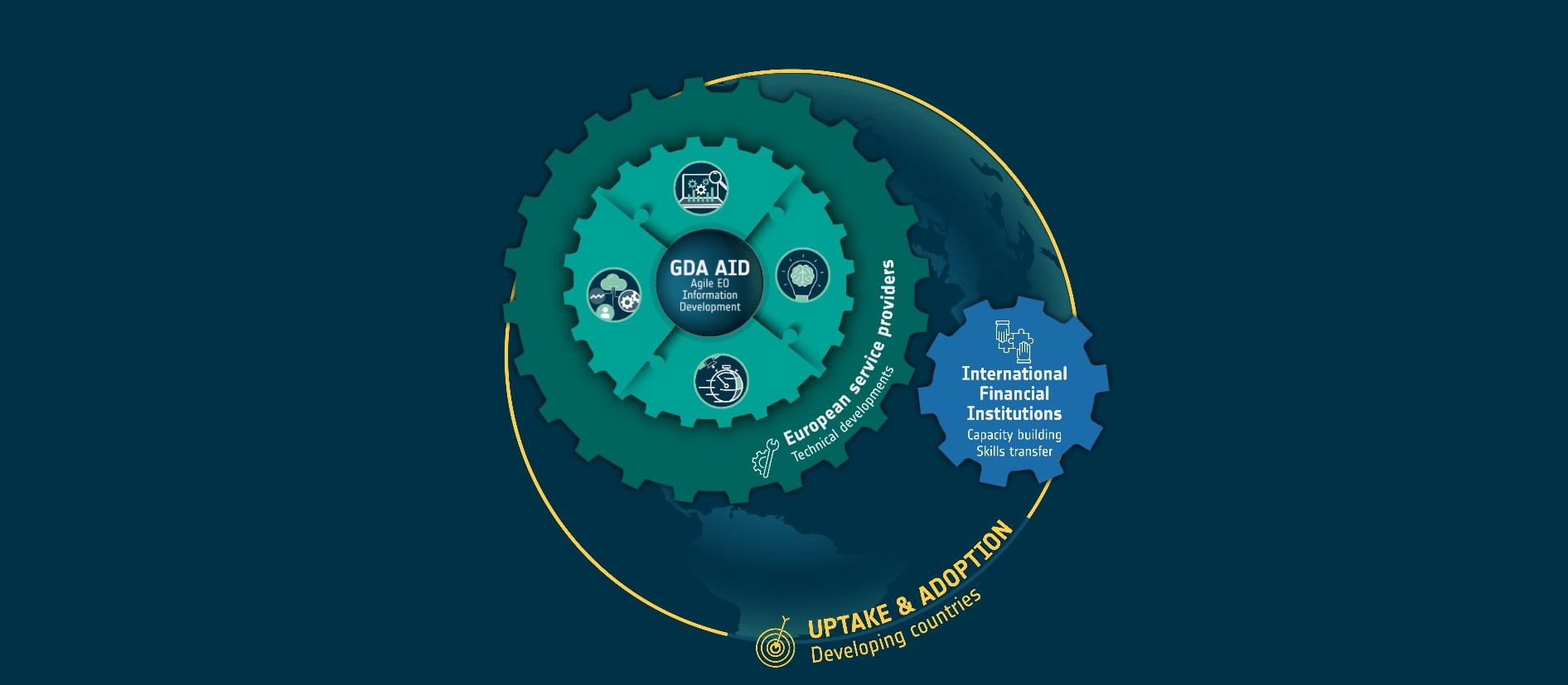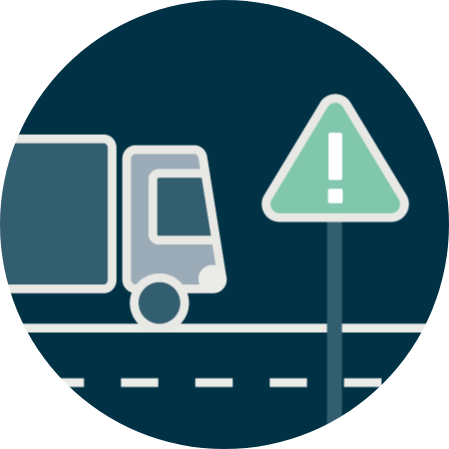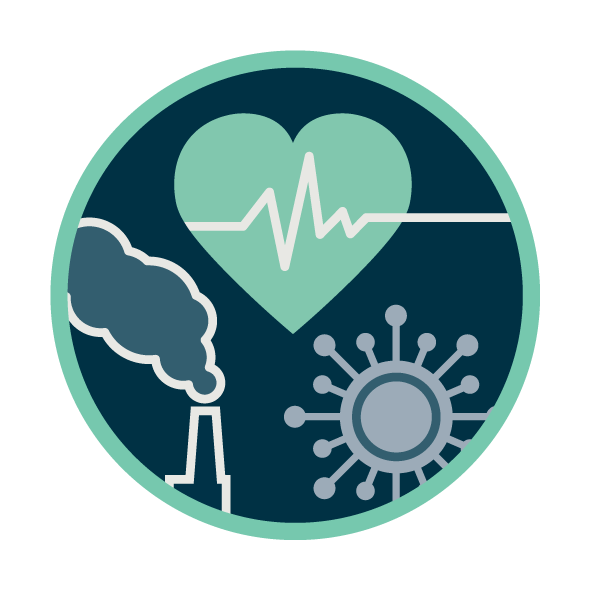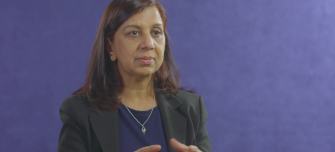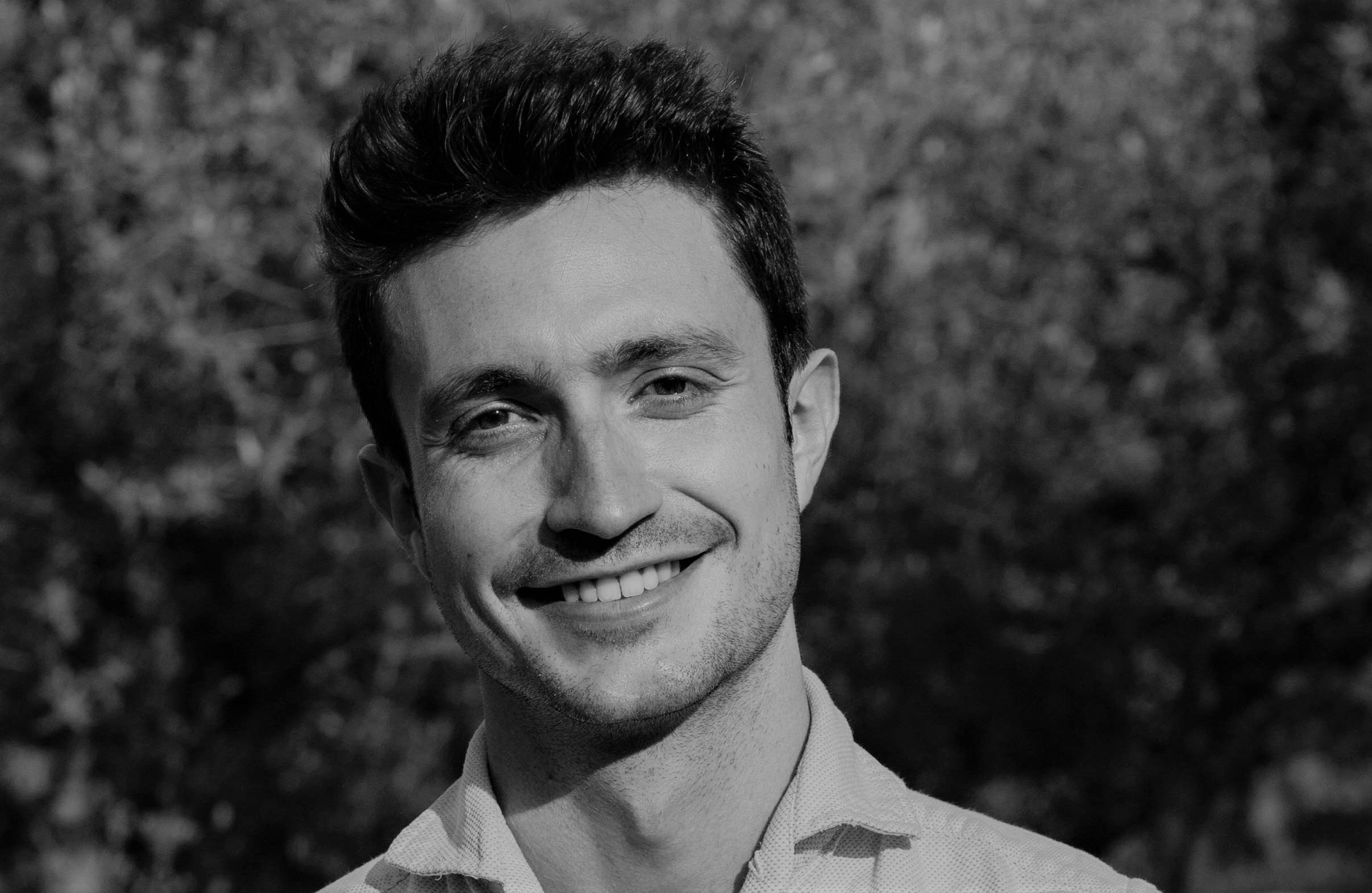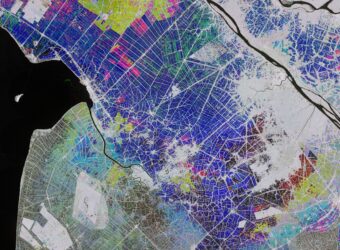“How can Space support developing countries in a sustainable way?” – here is one of the main questions that, Iñigo Alonso Etxebarria, former Impact Analyst Intern at the European Space Agency, has been focusing on during his stay at the Sustainable Initiatives Office of ESA Centre for Earth Observation (ESA ESRIN).
Iñigo actively contributed to the impact assessment of the Earth Observation for Sustainable Development Programme (EO4SD).
A total of 123 projects were implemented in 77 different countries through EO4SD, the precursor of the Global Development Assistance programme (GDA). Iñigo recently posted a personal blog about his experience, which gives a brief and easy-to-understand overview of the EO4SD framework.

former Impact Analyst Intern
Reposted from Medium.com (Initially published on September 12, 2022)
How can Space help making this World a Fairer one?
It might not be easy to make the link between satellites and rural communities in developing countries. The European Space Agency (ESA), among sending satellites to Jupiter, has been working on how to leverage space technology and data to serve the ones that need it the most, and this blog will try to make an approach to this complex framework. I hope you are as ready as the guy in the picture. Let’s go!

Everything starts from a need, and it’s important to have this into account. The ball starts rolling when someone in a developing country lacks tools to know when their harvest will go wrong (or right), or when there’s too many people gathering in cities with no space for everyone, or when natural disasters destroyed everything they have.
What can be done?
Empathy is not enough. There’s need for doers. ESA listened these needs close enough to know that there was something to be done and decided to make use of its space assets and technology to tackle these challenges, being Earth Observation (EO) data the main one. Among all the satellites that are orbiting the Earth, some of them are provided with some tools as cameras and radars so we can all see how our planet is behaving and changing. But how can this data be of use to the needs of the people stated before? Well, satellite data can be used to monitor the quality of agricultural crops, see where urban settlements are spreading and how urban space is used, or even analyze events as hurricanes or landslides to help the people involved being prepared for a future one, among many other applications.
Why space? Why Earth Observation data?
One of the main positive points here is that satellites do not sleep, so they don’t just take static images, but they will get them across time, and since they have been doing it for years already, it becomes a powerful tool to really analyze behaviors and patterns.
In some cases, the EO data will help to predict how one event will behave in the future; in some other cases, to access images that otherwise would be impossible to get for physical reasons (remote places) or for social actions (conflicts, war…); some others to help taking anticipatory actions next time an event happens; and some others will help to understand better the challenge. Take a close look to that last word, as this is one of the more important things EO does: it helps understanding, so what’s “unpredictable” or “unknown” becomes a “challenge”. And a challenge is something that can be tackled and find a solution to.
Who will the space community liaise with?
The space community needs a link between them and the rural communities, as those belong to different worlds. The answer to the stated question is Banks. Banks? Well, these are Development Banks, they are special. Not spatial. Yet. Also called “Multilateral Development Banks”,
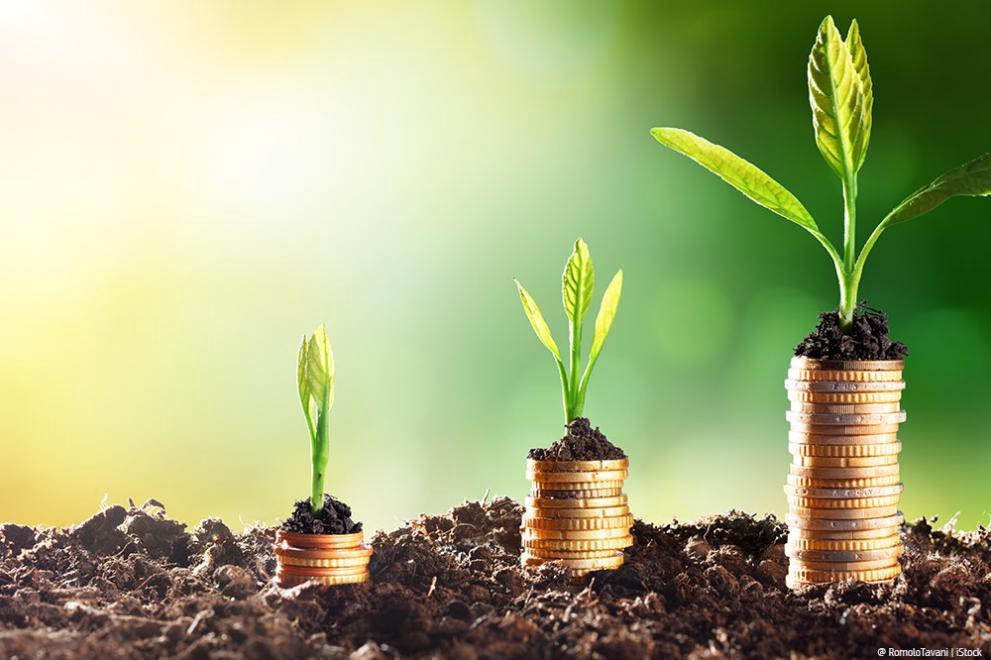
they focus on helping both public sector (governments, ministries…) and private sector (mainly companies) in developing countries to grow in a sustainable way. I.e. Someone from the agriculture ministerial of a developing country can approach the development Bank asking for economical support to develop their city/country’s agricultural sector, and the Bank will agree on a loan (there are other ways/tools to help economically/financially) with uncommon benefits, as almost no interest or no interests at all in the loans. The Bank will not provide just the economic push (we’re talking about millions per project), but they will provide technical support through experts in the agriculture domain too, so this project moves forward and becomes solid in the long term. As mentioned, those are special Banks.
There are other financial institutions that make a similar job to the development Banks, although with other tools. Let´s call all of them, together with the Banks, the IFIs (International Financial Institutions). And to the context/framework that they work on, let´s call it “development assistance”.
What has ESA done so far to tackle these global challenges?
The answer for this is ESA’s initiative Earth Observation for Sustainable Development (EO4SD), which has been running (and still is) for more than six years already.
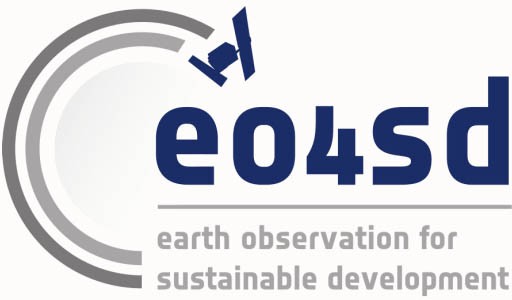
To simplify the framework of the EO4SD, we’ll have the team “EO” and the team “Development Assistance”. The team EO is composed by ESA and the companies implementing EO data analysis/processing, and the team Development Assistance is composed by the IFIs and stakeholders in developing countries (ministries, governments, universities… benefiting from the Bank’s support). See the picture below if this paragraph made you dizzy. Now, how does this all work? These are the steps:
1. The developing countries’ stakeholders acknowledge the Bank that they have certain needs and jointly discuss priorities and possible strategies.
2. The Bank works with them and, among other tasks, they check if EO data can be useful, and in that case, they contact ESA.
3. ESA evaluates the feasibility of the Banks’ request and contracts the best expert EO companies to work on solutions to tackle the challenges on hand.
4. The contracted EO service provider/s provide the solution (such as maps) to the Banks, and the latter makes use of it as part of their development assistance projects, in support of stakeholders in the developing countries.
Note: This list is intended to show how the need navigates in one direction, and the solution comes back the other, but this is an interactive framework based on constant communication, both between and inside teams (developing country stakeholders, IFIs, ESA, EO service providers).
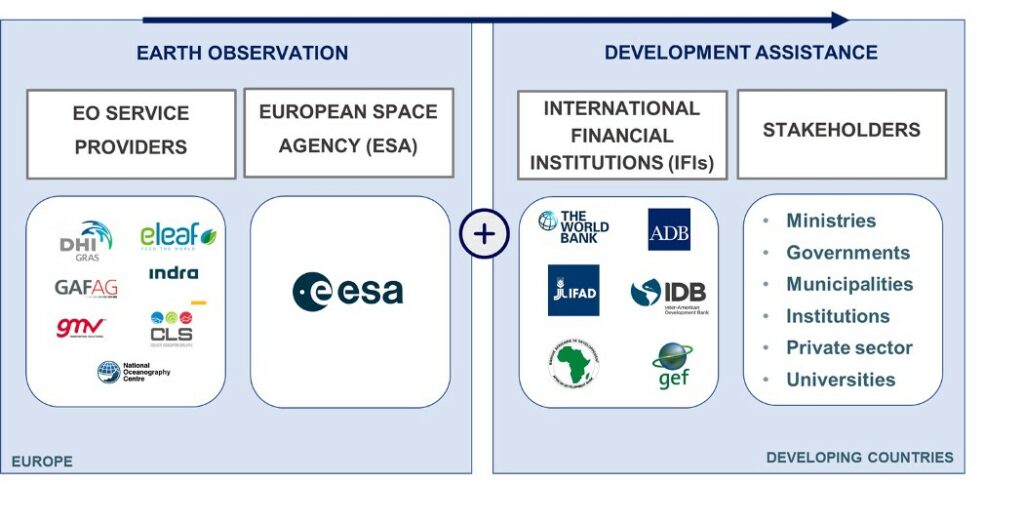
The EO4SD has eight thematic clusters: agriculture, urban, water resources, climate resilience, disaster risk reduction, marine, fragility and conflict, and forestry. Each thematic cluster is implemented by a group of EO companies (consortium) from Europe that have gathered to work with ESA on developing EO services, that are integrated by the IFIs in broader solutions addressing specific development challenges.
Have we achieved anything?
You can check, in a nutshell, the impact of the EO4SD during all these years in the next poster.
The poster displays really relevant points:
- 123 projects were supported with EO (I will repeat, 123).
- 77 developing countries were supported.
- 264 stakeholders (ministries, government, institutions…) were benefited/supported.
- 72 Capacity Building trainings were done, so the stakeholders (and IFIs) do not just get the maps and thanks ESA for it. It’s important to know how to use this EO data/maps, as well as knowing what can be done, otherwise it wouldn’t be a log-term focus solution.
- 15 different IFIs worked along ESA, including 5 development Banks.
Some of the most relevant supported projects are displayed in the central area of the poster, as well as the EO data used to support them. Take a look, this work is impressive!
Remember the first paragraph of the article? Well, this is what space can do to support developing countries.
There’s a lot of work being done, and a lot of work yet to be done; what’s relevant is that we should be willing to cooperate, even if we speak “different languages”, as the EO sector and the development assistance one.
Which is the path forward? How can you be part of it?
The EO4SD has been focused on demonstrating that space data can be a very useful tool in the developing context, and after all these years of work, and with more actors (companies, agencies, Banks, institutions…) involved than definitions for “sustainability”, the path continues now with the new ESA’s GDA (Global Development Assistance) program. The acronyms are coming to an end, don’t worry. GDA is the name of the “EO team” this time.

Now that the power of EO helping rural communities has been demonstrated, the IFIs (development assistance team) are now convinced that they want to incorporate this data and maps to their projects, and this integration is the main focus of the GDA.
If you want to know how can you help in this amazing journey, there are multiple ways to do it. If you are an EO based company, you can apply through the ESA tenders under the GDA program or learn more about GDA activities on the website. But whether you are a company or not, you can help to spread the word and help more people to know about these kind of programs and initiatives, as well as advocate to the different industries and finance institutions about the power of Earth Observation and space technology in tackling today’s grand challenges and positively impact the future of our planet Earth.
We always have to choose between what’s easy and what is right, so let’s work on making this world a fairer one. All together. There’s no “us” and “them”. When we understand that, we might all have a chance in the future. It wouldn’t be fair to have different opportunities and rights depending on where you’re born, right? Can we count on you?
It´s time to give back to the world some of all the luck we´ve received just for being born where we were
Iñigo Alonso Etxebarria



